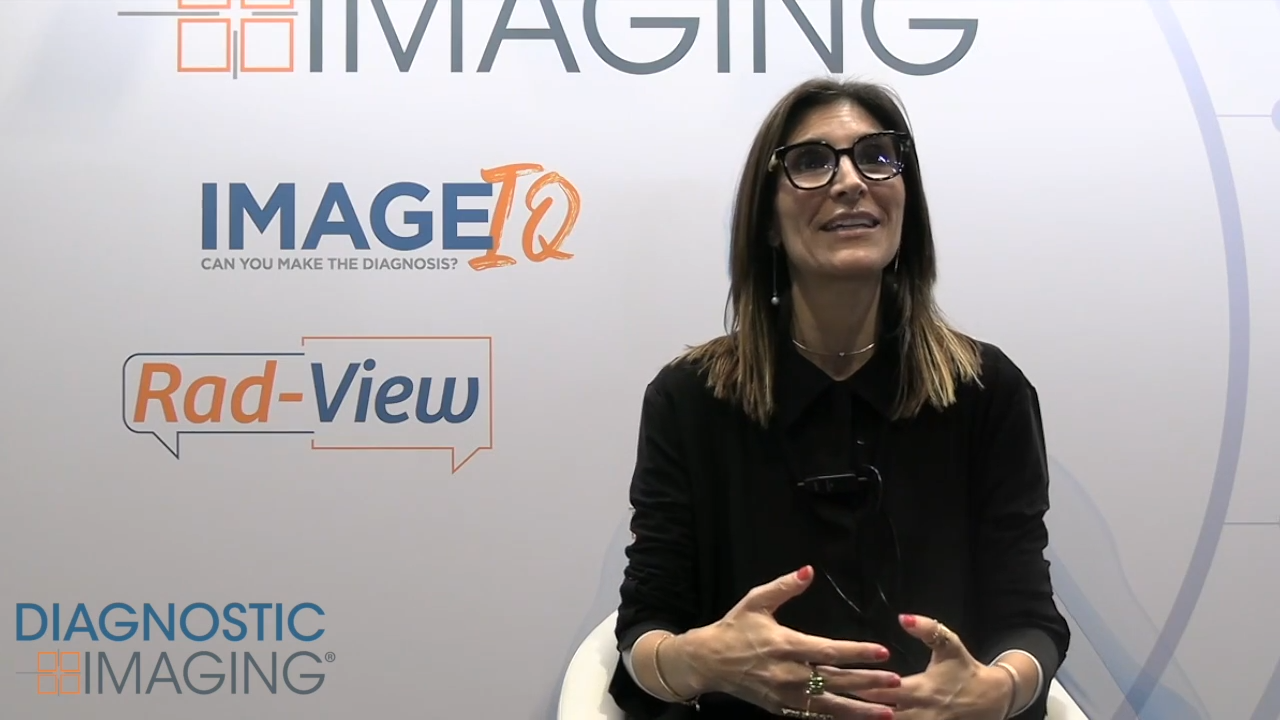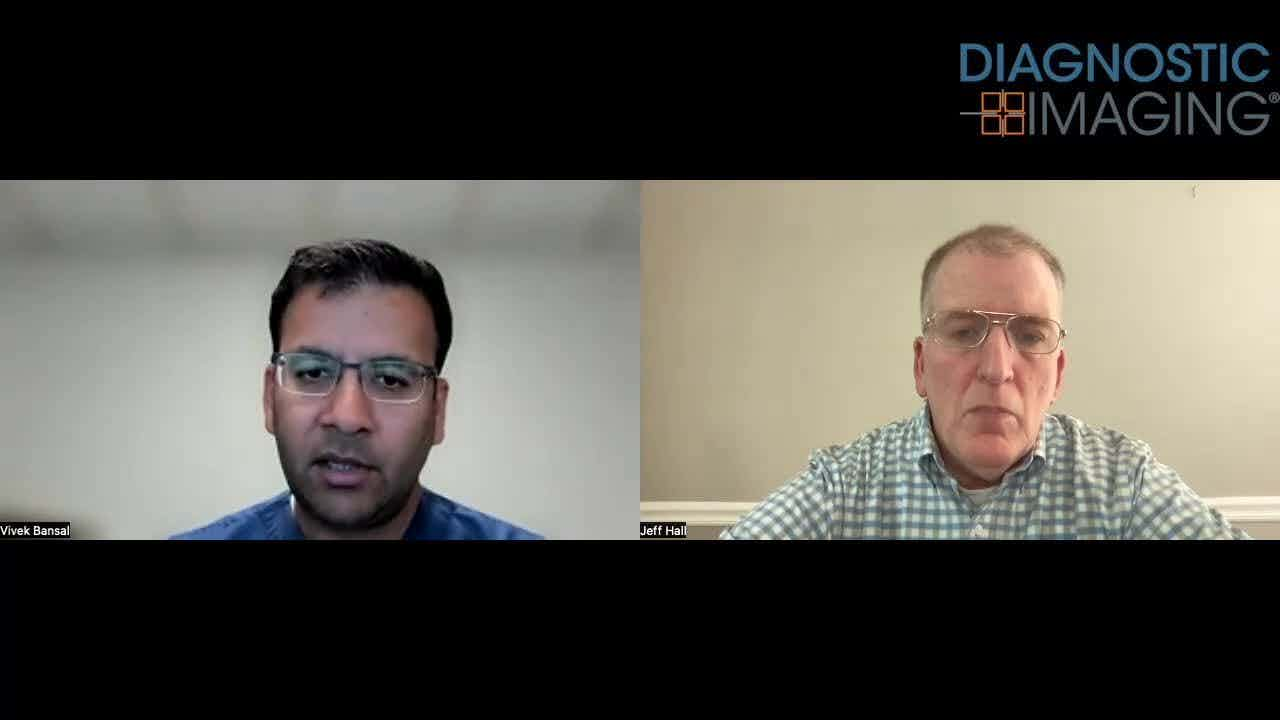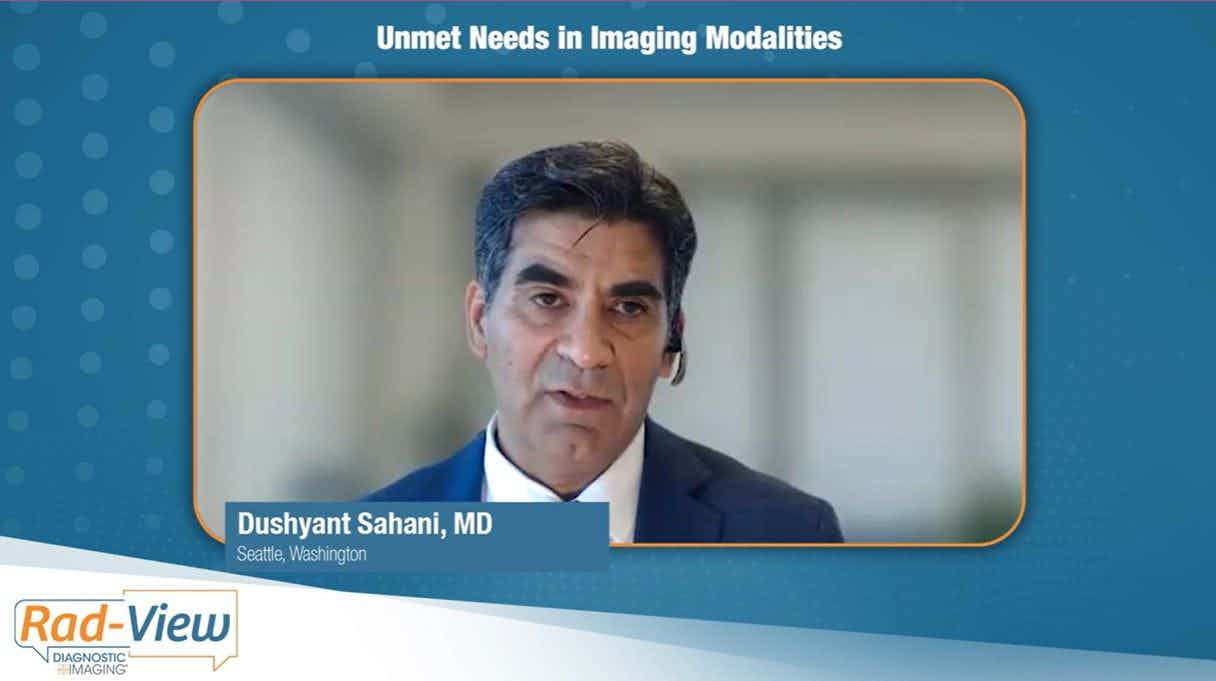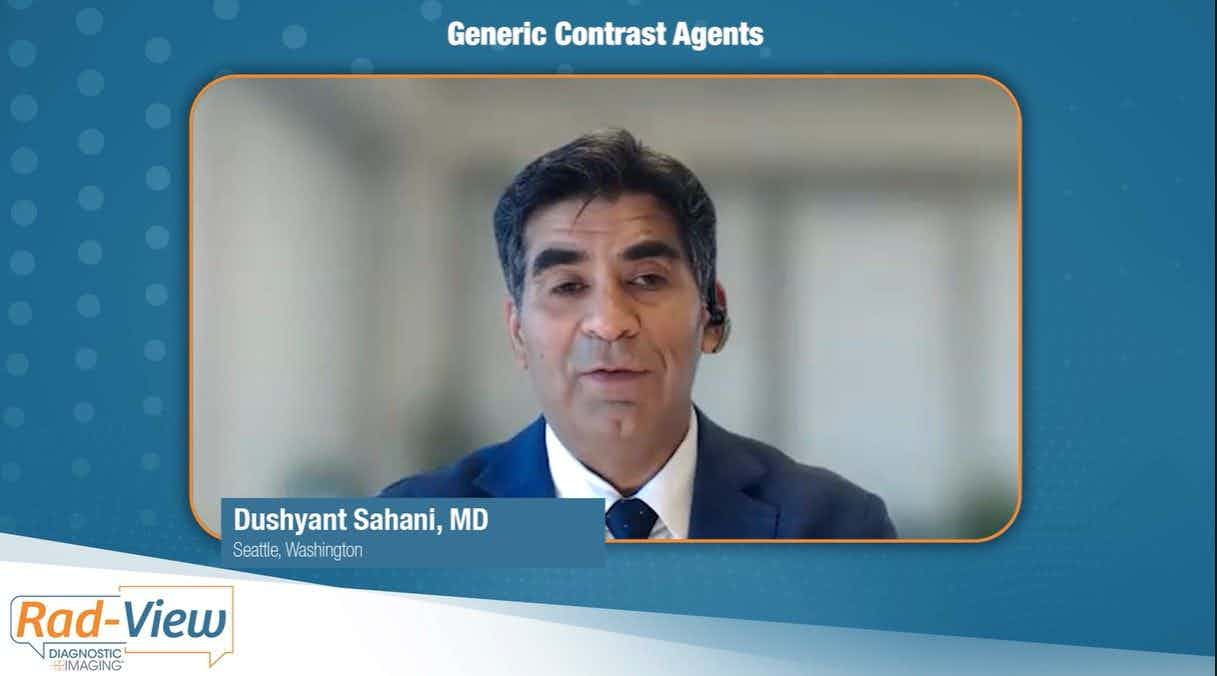Deep Breath and Hold in Lung PET/CT
Effect of breath holding during lung PET/CT.
Deep-inspiration breath hold (DIBH) for 20 seconds during FDG PET/CT of the lungs is more sensitive for quantitative measurements and lesion localization than conventional free-breathing, according to a study published in Radiology.
Researchers from Monaco performed a preclinical study to compare the accuracy of a single 20-second DIBH in FDG PET/ CT to that with conventional free-breathing (FB) whole-body PET/CT for the assessment, characterization, and quantification of lung lesions in terms of the blurring effect of respiratory motion.
Nineteen subjects (test population) participated in this study to evaluate the feasibility and consistency of DIBH techniques compared with phase-based respiratory gating (PBRG). Following this phase, 115 patients with lung lesions were then prospectively included and assessed with FB PET/CT followed by 20-second DIBH PET/CT. Maximum standardized uptake value (SUVmax), peak standardized uptake value (SUVpeak), and number and size of nodules were reported for each acquisition and then compared with findings from histopathologic examination and/or clinical-radiologic follow-up.
The results showed that those subjects in the test population showed close correlation (r = 0.94, P < .001 for SUVmax and r = 0.98, P < .001 for SUVpeak) with DIBH PET and PBRG PET. In the clinical population, both SUVmax and SUVpeak were significantly increased with DIBH compared with FB (5.60 ± 4.20 versus 3.11 ± 1.80 and 2.25 ± 1.75 versus 1.71 ± 0.96, respectively; P < .001). The researchers noted a significantly greater number of lung lesions detected with DIBH PET/CT compared with FB PET/CT. Seventy additional nodules were detected and there was more accurate coregistration of 84. According to the area under the receiver operating characteristic curve for SUVpeak, DIBH demonstrated a higher level of accuracy than did FB.
The researchers concluded that the DIBH PET/CT technique is feasible in routine clinical practice and is more sensitive for quantitative measurements and lesion localization. “This technique reduces the blurring effect of respiratory motion, thus improving the diagnostic accuracy for lung nodules,” they wrote.
Study with CT Data Suggests Women with PE Have More Than Triple the One-Year Mortality Rate than Men
April 3rd 2025After a multivariable assessment including age and comorbidities, women with pulmonary embolism (PE) had a 48 percent higher risk of one-year mortality than men with PE, according to a new study involving over 33,000 patients.
The Reading Room: Racial and Ethnic Minorities, Cancer Screenings, and COVID-19
November 3rd 2020In this podcast episode, Dr. Shalom Kalnicki, from Montefiore and Albert Einstein College of Medicine, discusses the disparities minority patients face with cancer screenings and what can be done to increase access during the pandemic.
Predicting Diabetes on CT Scans: What New Research Reveals with Pancreatic Imaging Biomarkers
March 25th 2025Attenuation-based biomarkers on computed tomography (CT) scans demonstrated a 93 percent interclass correlation coefficient (ICC) agreement across three pancreatic segmentation algorithms for predicting diabetes, according to a study involving over 9,700 patients.
Can Photon-Counting CT be an Alternative to MRI for Assessing Liver Fat Fraction?
March 21st 2025Photon-counting CT fat fraction evaluation offered a maximum sensitivity of 81 percent for detecting steatosis and had a 91 percent ICC agreement with MRI proton density fat fraction assessment, according to new prospective research.










